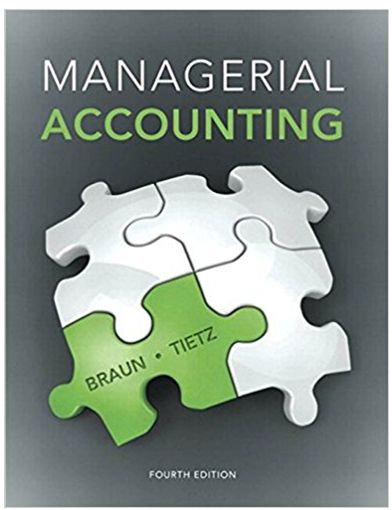Stark and Company is a manufacturer that sells robots predominantly in the Asian market. Times have been tough for the auto industry and Stark and
Stark and Company is a manufacturer that sells robots predominantly in the Asian market. Times have been tough for the auto industry and Stark and Company is no different. The company is under tremendous pressure to turn a profit. Several years ago, as analysts were predicting a large downturn in the robot industry, Stark decided to purchase a smaller niche robot maker in the hopes of capturing a different segment of the consumer market and to better learn the manufacturing processes of other robot makers. Starks still operates as two separate divisions, Classic and New Age, with each division manager employing a different manufacturing philosophy. The Classic manager is concerned with low input costs and quantity in production in addition to brand recognition and robot power. The New Age manager is concerned with quality and innovation in manufacturing in addition to fuel efficient and environmentally friendly robots. SAC continued to suffer losses even with the addition of the New Age division. While Classic appears to have good margins its sales levels are dwindling despite a large marketing campaign. New Age has had good sales levels but there is concern that its quality and innovation focus is not cost-effective. Upper management wants to adopt one manufacturing philosophy for the entire company and has hired you as an outside consultant to provide guidance on their performance evaluation of the two managers. Discussions with the controller revealed the following: SAC feels it has a good handle on direct costs. Since the two divisions use different input materials, these costs are tracked by division rather than allocated to the two divisions. Direct labour is allocated on the basis of manufacturing labour hours (MLH); New Age generally uses 60% of total MLH but its focus on quality makes it relatively more labour/less capital intensive than Classic. Thus, New Age generally uses only 40% of total machine hours. Indirect manufacturing costs are broken down into a number of categories based on the allocation method used to assign these costs to the two divisions’ cost of goods sold. Categories include carrying costs, variable overhead, fixed overhead-general, and fixed overhead-support. Carrying costs, like direct costs, are tracked by division and include storage space rental, insurance, spoilage and obsolescence. The first two items are recorded through third-party billing whereas the latter two items are determined by each division manager. Variable overhead includes indirect labour such as rework labour, supervisor and plant manager wages as well as indirect materials such as scrap and warranty expense estimates. This cost category is allocated to the two divisions on the basis of MLH. Fixed overhead-general includes plant amortization, equipment amortization, plant power/utilities, property taxes, and payments for guard and janitor services. SAC’s allocation method was suggested by the Classic manager; allocate costs on an equal (50-50) basis since the two divisions take up relatively the same amount of plant space. Fixed overhead-support mainly includes the costs from two production support departments, quality control and repairs & maintenance (equipment and products). These two departments provide services to both the Classic and New Age division. SAC uses a cost allocation method suggested by the New Age manager; allocate costs on the basis of defective products per 1,000 units produced, per division. SAC treats non-production related costs as period costs; as such, they are not allocated to the two divisions. Costs include research and development costs and marketing costs (which include marketing personnel salaries and advertising expenses). Bonuses to divisional managers are on the basis of Return on Investment (ROI). Returns are derived from gross margins, which are calculated using the allocation rules above. Upper management believes gross margins are also an appropriate measure to evaluate the two divisions.
Step by Step Solution
3.55 Rating (165 Votes )
There are 3 Steps involved in it
Step: 1

See step-by-step solutions with expert insights and AI powered tools for academic success
Step: 2

Step: 3

Ace Your Homework with AI
Get the answers you need in no time with our AI-driven, step-by-step assistance
Get Started


